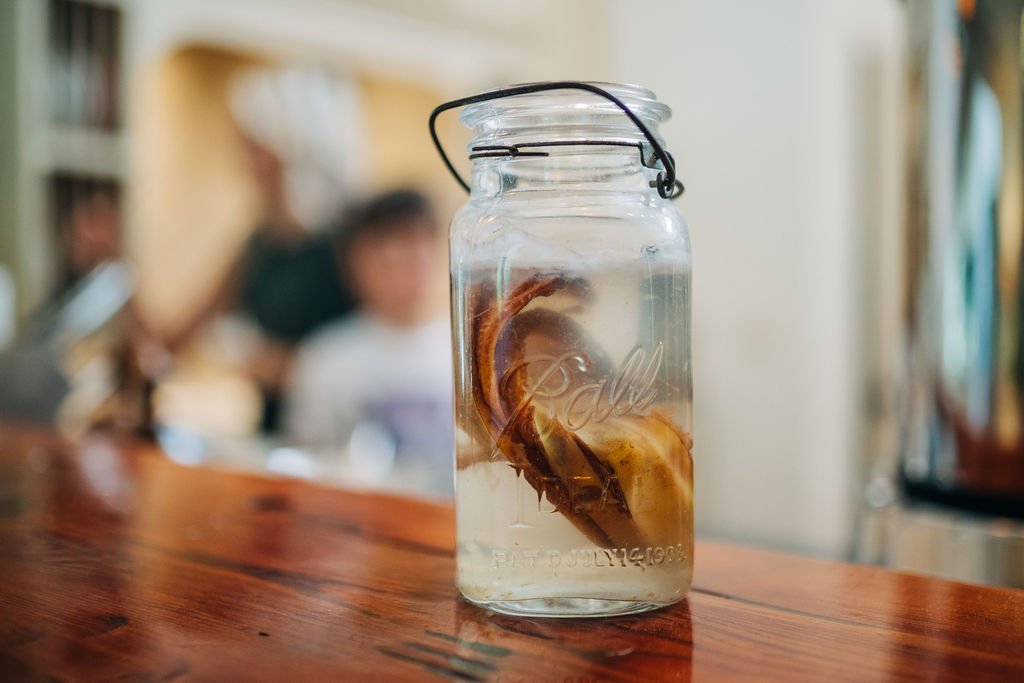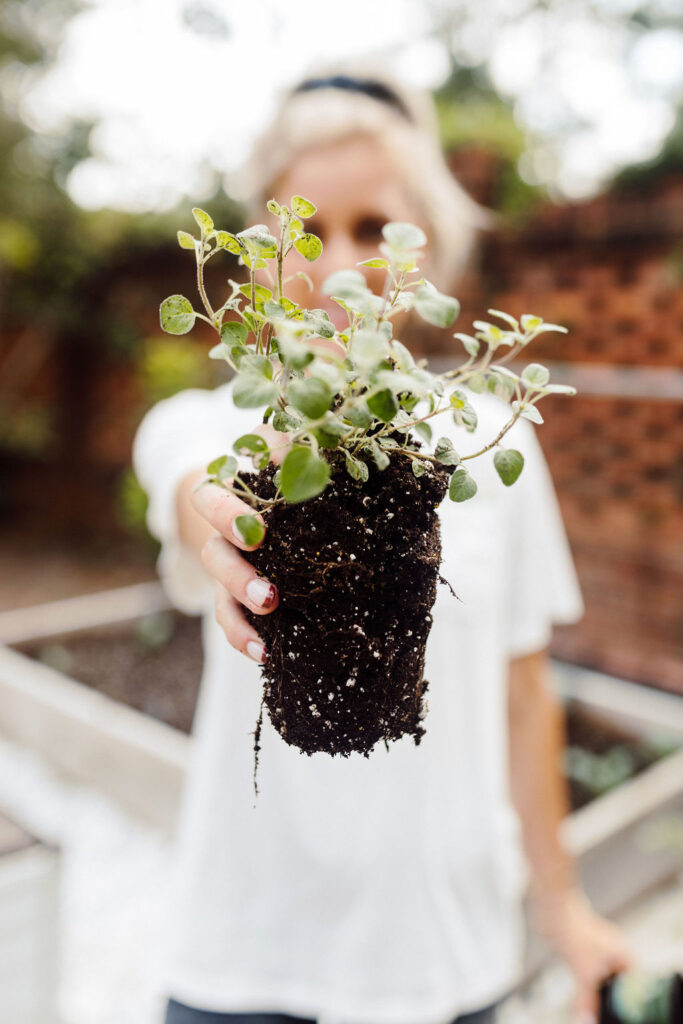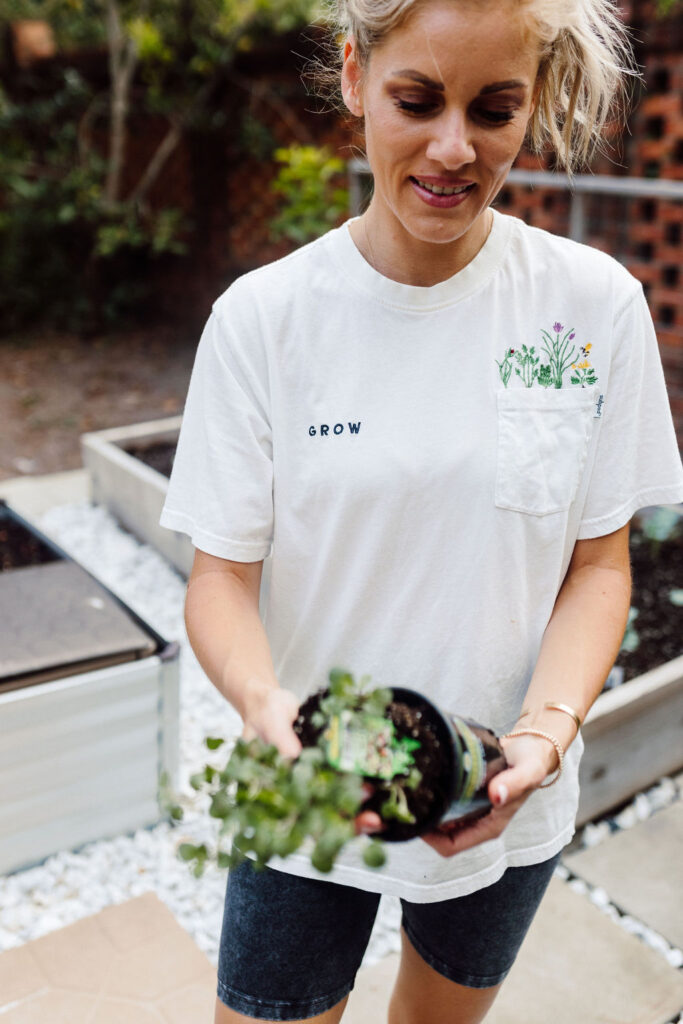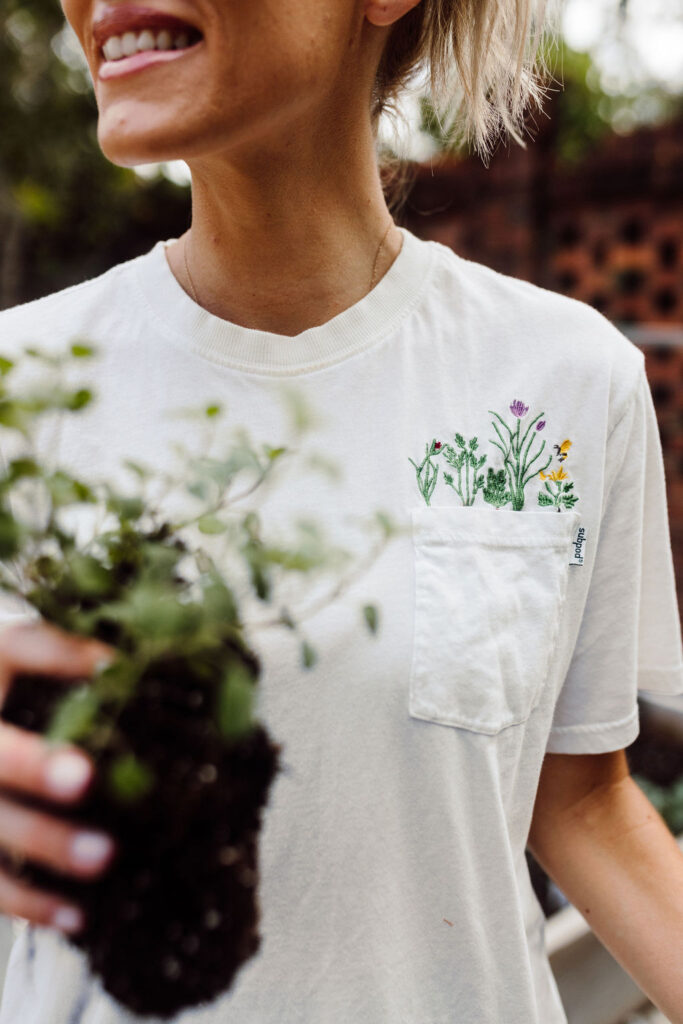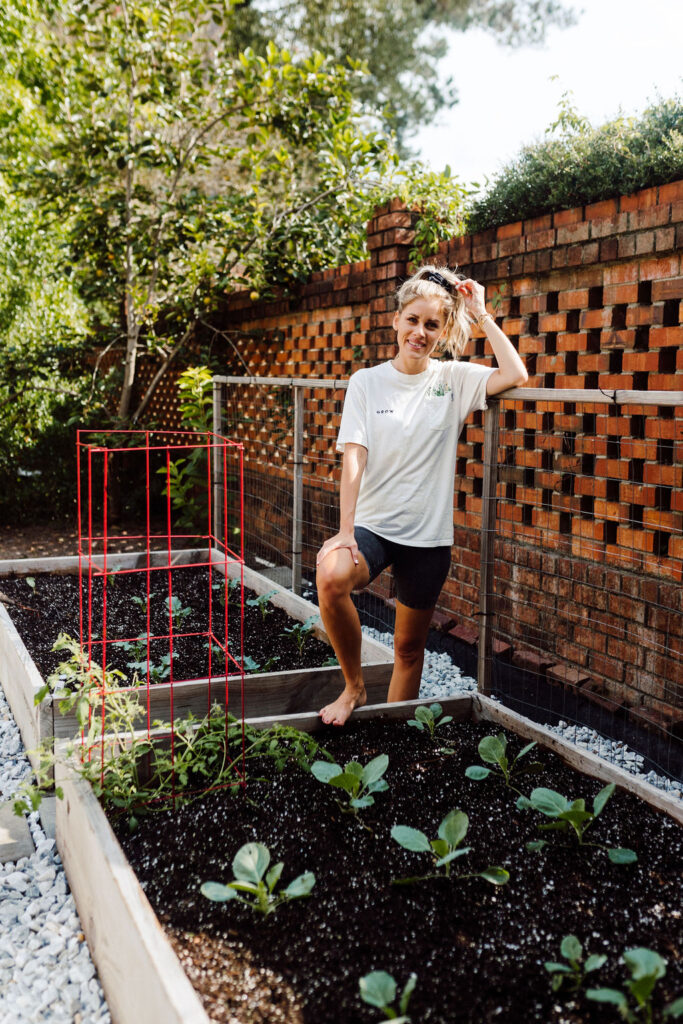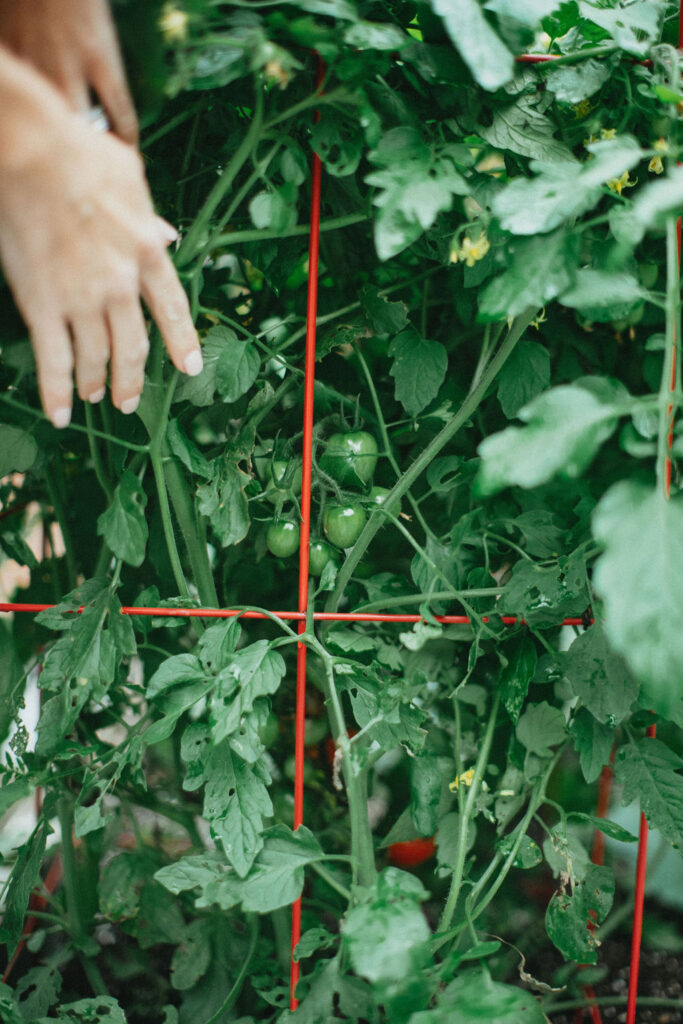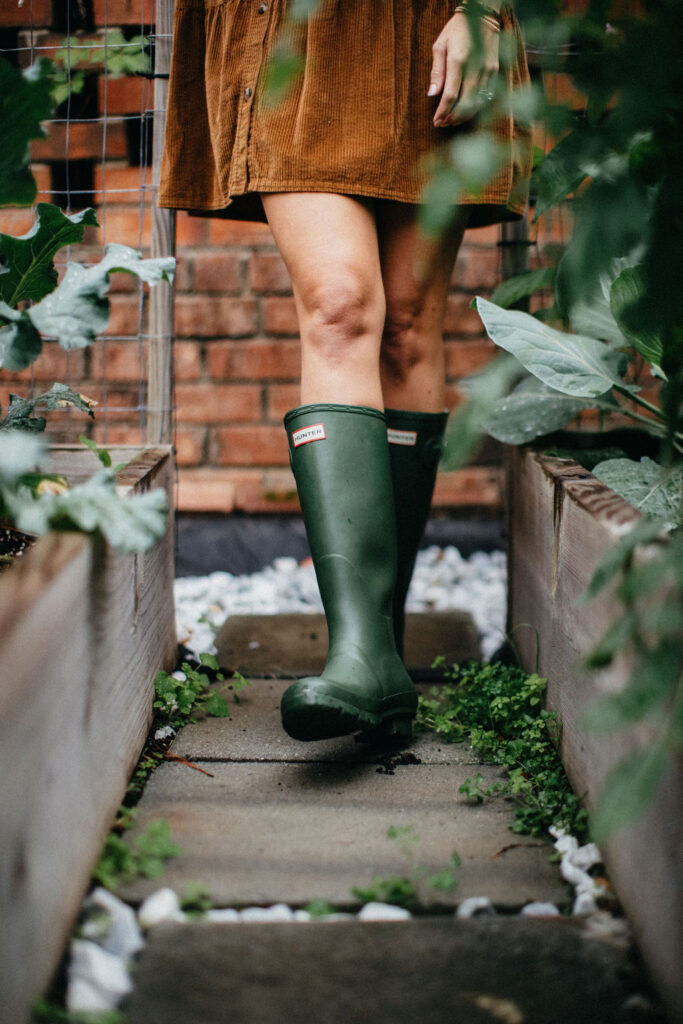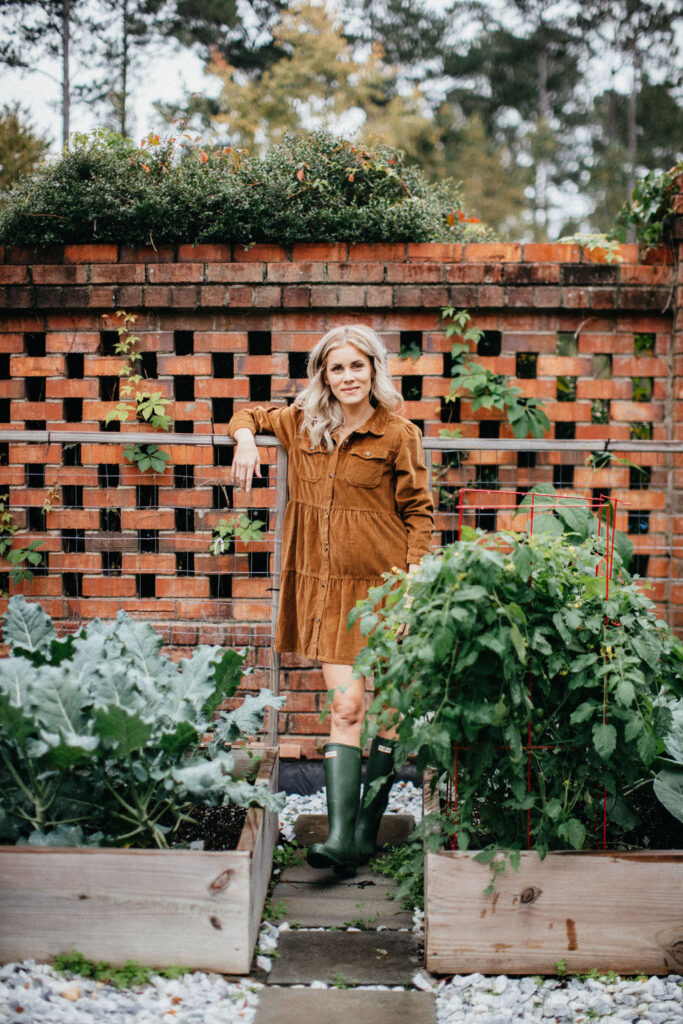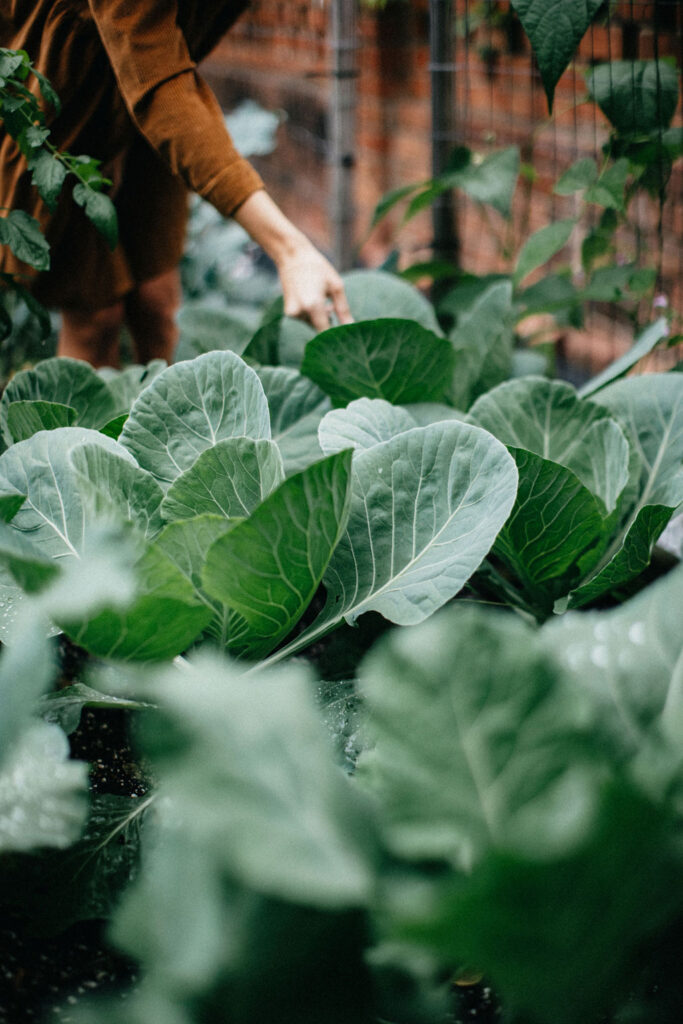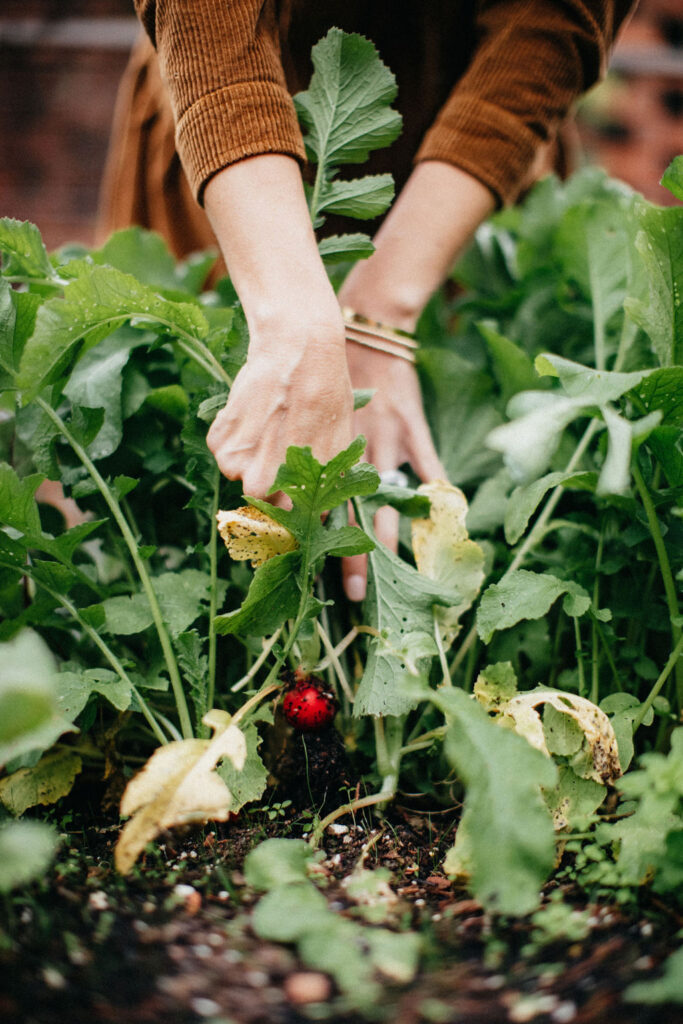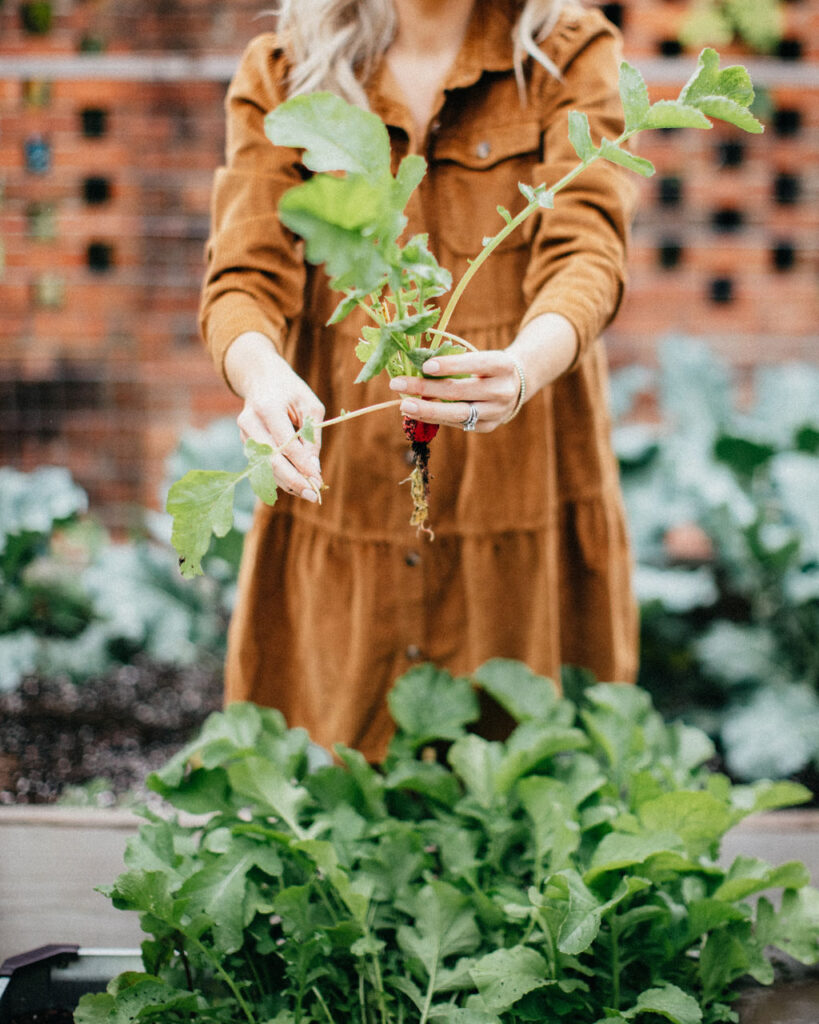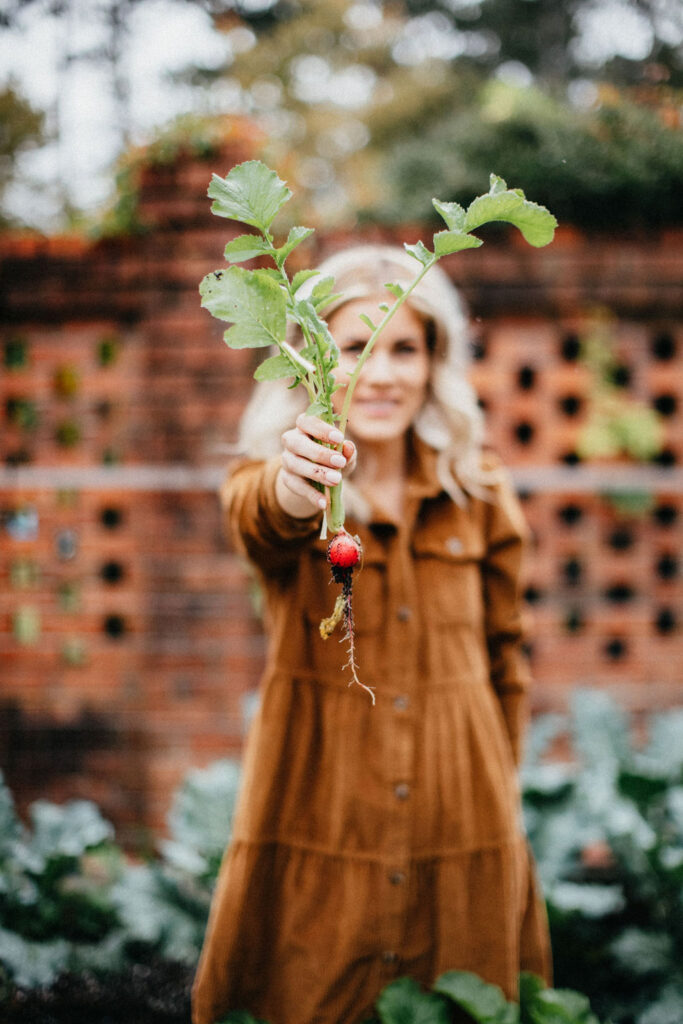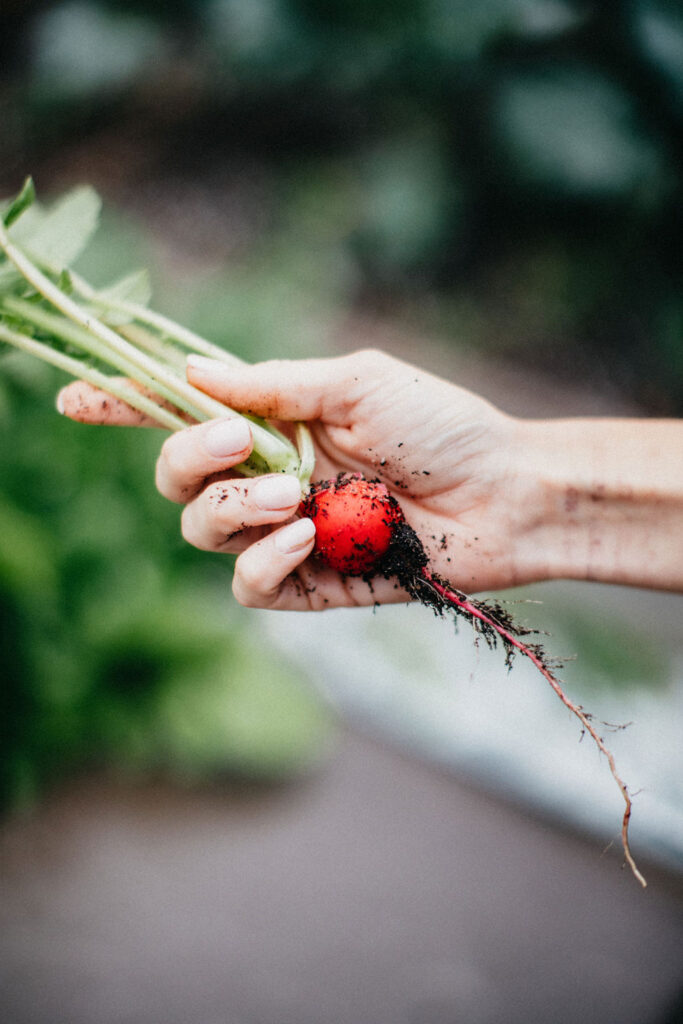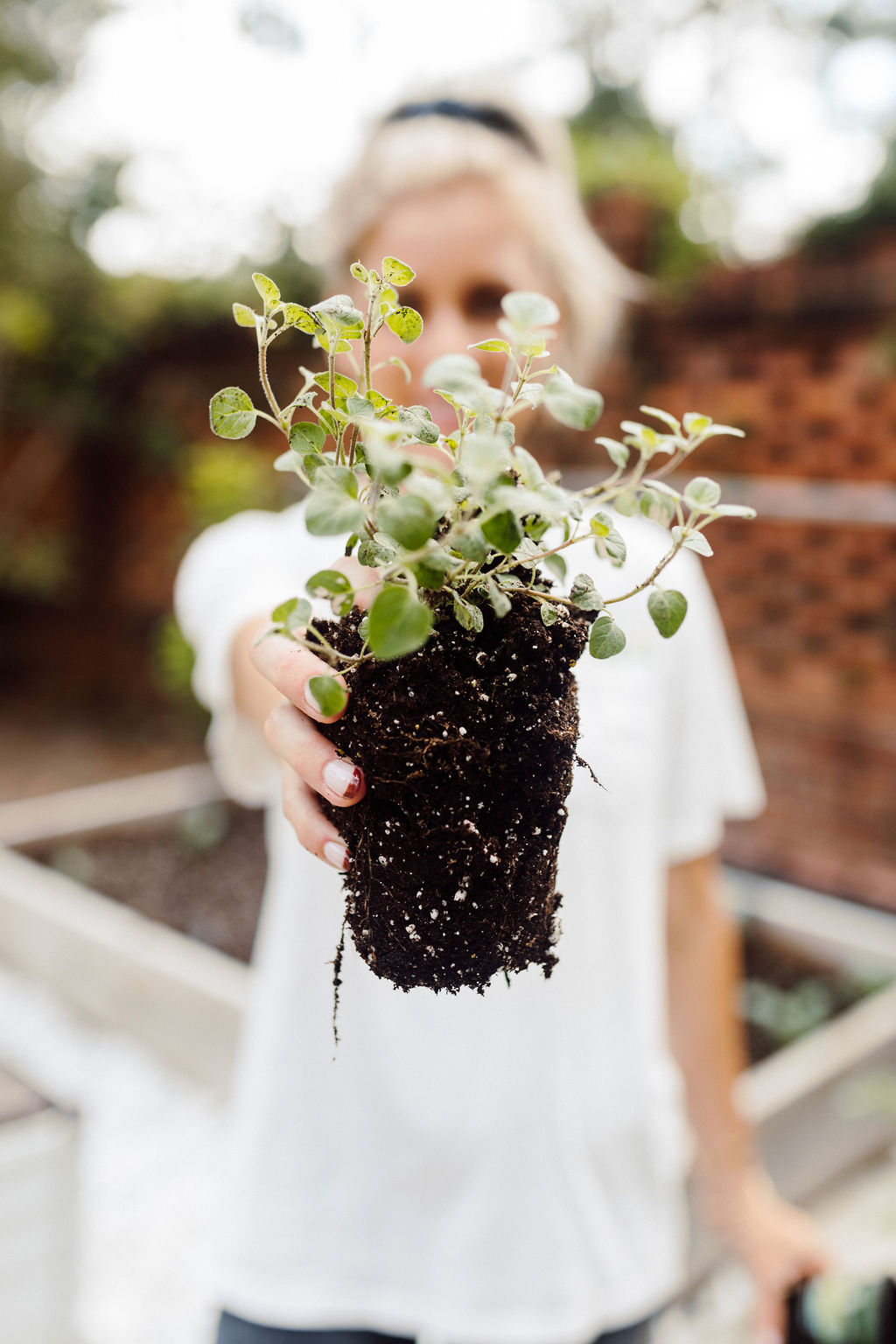
Tips and Tricks for Fall Gardening Success
The above images are from when I first planted my fall garden back in September.
One of the biggest topics of conversation that I’ve had in my DM’s is about gardening. I am so excited to connect with so many people that are inquisitive about growing their own food and having their own garden! I try to make sure that I share all things gardening on my blog so please be sure to click here to check out all of my previous posts. I’ve shared about how to re-grow food from kitchen scraps, composting 101, and much more! This blog in particular will cover all things fall and winter gardening.
Every year, I try to do something new with my garden which requires me to take the time to learn and research a little more about the specific topic. When it comes to growing your own food and gardening, think progress over perfection. If not, this can stall you and derail you from even starting. The whole purpose is for you just to start because as you go, you will learn more and more and as you learn more, you will get better at it. Even I am still learning more as I go and I’ve been doing this for a while! Sometimes things that I plant just don’t work out right and sometimes they do… No matter what, I learned what I can do better the next season.
This year I decided to work really hard on a fall garden for our family. The Lord put it on my heart to do my best to grow everything that I could to maximize my space. I’ve learned that just because I can grow something doesn’t mean I should because of my family doesn’t like it then I’m just wasting it. This year I had a conversation with my husband and my children before I planted anything and went over the options that we had for the growing zone that we’re in and what their thoughts were on what we would actually eat. I do plan on extending my garden out in the spring but for now I have four pretty large beds to plant in. I strongly suggest that you go to Pinterest and look up what plants do well next to one another… This is always my first place to go before I put anything into the soil. Some plants just do not do well next to each other and some thrive so I love companion gardening.
Starting your garden in the fall is often times more successful than in the spring or the summer because you don’t have to fight as many weeds, there’s less heat stress, more rain, and less insects to fend off. I’ve really seen my fall garden thrive and it’s so beautiful. I had a few volunteers that came up that were not fall plants that did not survive the first frost. It’s really important to understand that not all plants can survive colder temperatures.
The following vegetables tend to do really well in your fall garden beds:
Brussels sprouts, asparagus, spinach, chard, cabbage, onions, beets, kale, carrots, collards, cauliflower, broccoli, beans, radishes, and green onions. This year, as I mentioned before, I went with what my family committed to eating with me, so in our garden you can find: beans, broccoli, cauliflower, carrots, radishes, beets, kale, collards, and cabbage. I decided to purchase most of these as starters from our local greenhouse called Forest Lake Greenhouses. This is also where I purchased my soil, fertilizer, and compost. They are a wealth of knowledge and always help me with all of my questions.
Garden update: the above images are my fall garden as of November.
I always let the kids help me plant everything, so my rows might not look perfect but we try and we do our best. I wanted to show you what my garden look like a few weeks into growing versus what it looks like now because just in a matter of weeks it has really grown and makes us each so excited every time we visit to tend to it. I cannot stress enough about how important it is to just start somewhere and throw out the idea of perfection out the window. With each season, you will learn something new that you can then use later.
It is really important to note that if you are year-round gardening in your beds, or even in the ground, that you need to love on the soil. Crop rotation can be really helpful also and adding in more compost between each season and the new planting.
Next year I am excited to add in row covers that act as a shield against the cold and the wind and block insects allowing me to have more vegetable options in my fall and winter garden. There are so many different templates for this on Pinterest, I suggest that you find one that works best for your garden bed sizing.
Please comment with any questions that you might have about fall gardening because I would love to chat more with you about them and help you feel confident enough to plant one yourself. We all live in different grow climate zones so make sure one of the first things you do is look up what zone you’re in so that you can best plan out your garden for success.

